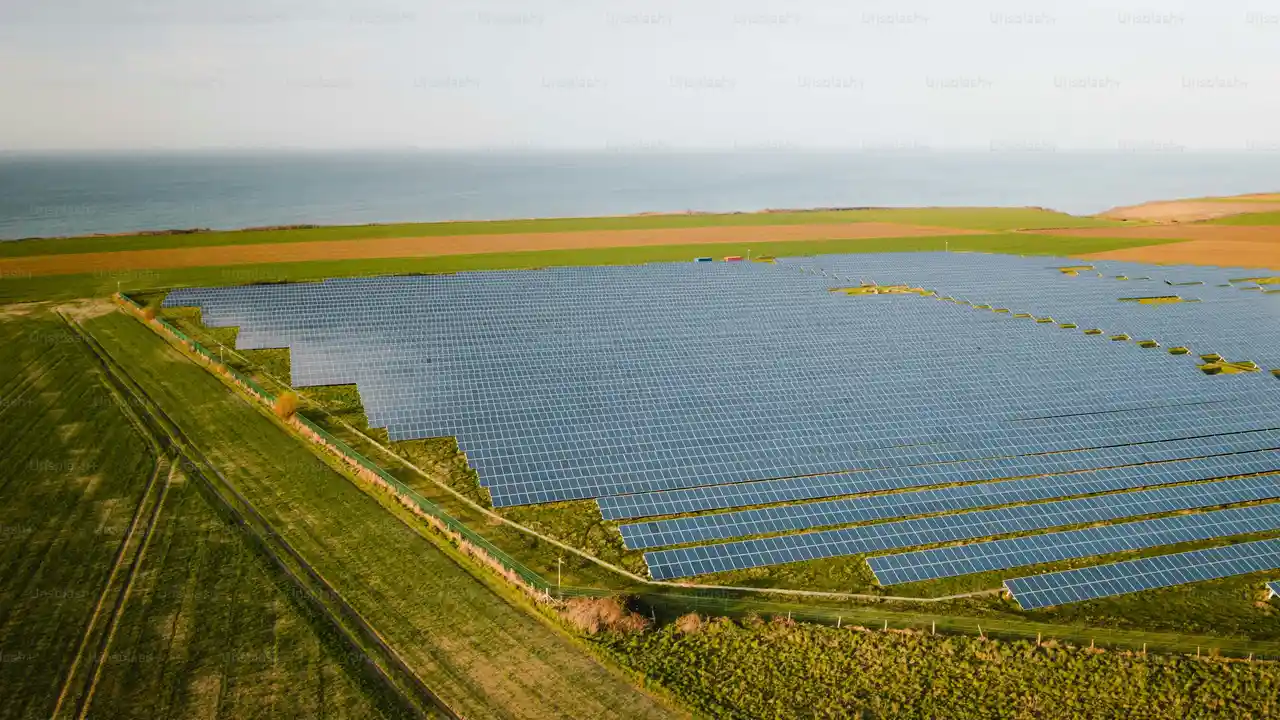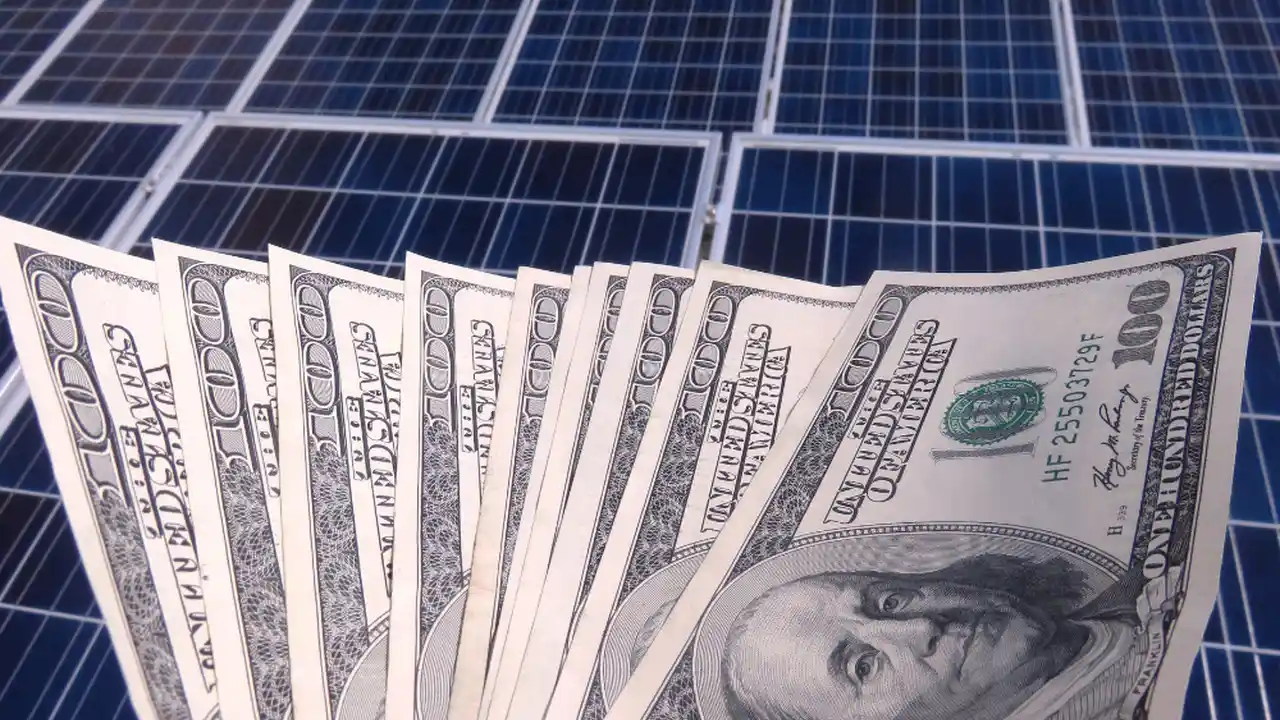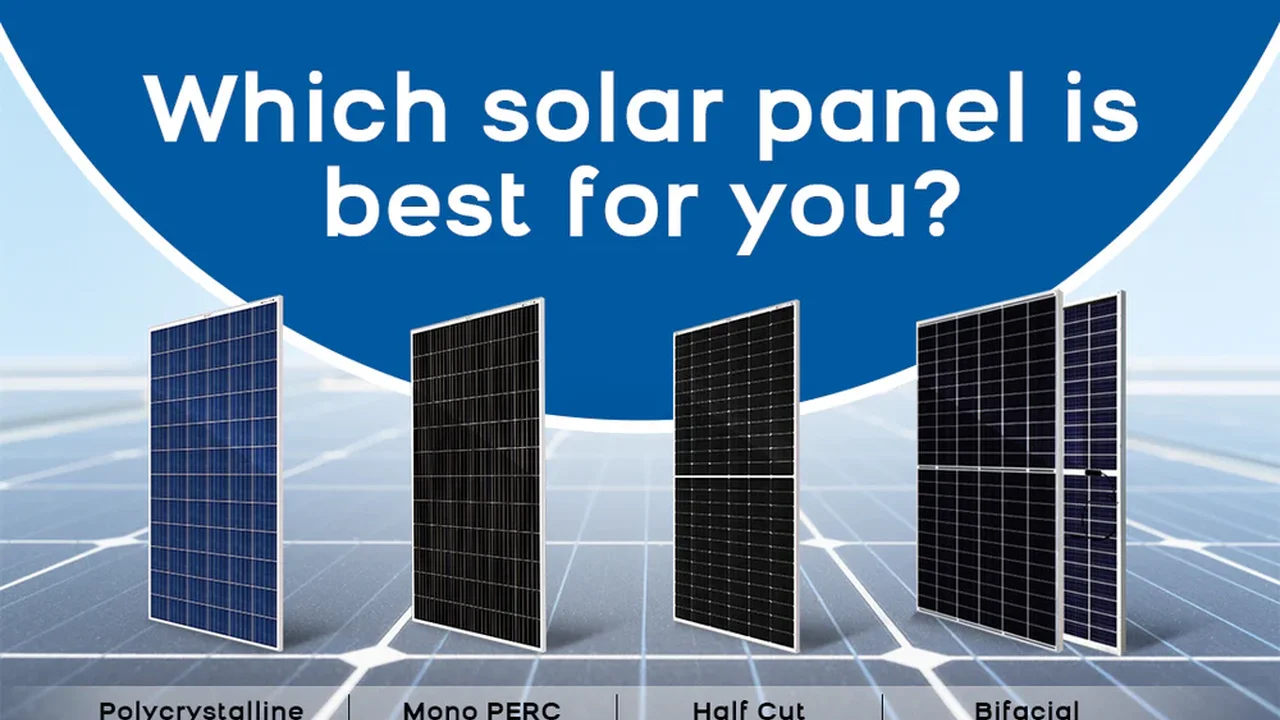Floating Solar Farms: A New Frontier

Introduction to Floating Solar Technology (Floating Solar Farms Explained)
Hey there! Ever heard of floating solar farms? Yeah, solar panels... but on water! Sounds kinda wild, right? But it's a real thing, and it's becoming a pretty big deal. We're talking about installing photovoltaic (PV) panels on structures that float on bodies of water – think lakes, reservoirs, and even the open sea (though that's less common for now). Why do this? Well, land is precious, especially near cities where energy demand is high. Floating solar farms, also known as floating photovoltaic (FPV) systems, offer a cool alternative.
The Advantages of Floating Solar Farms (Benefits of FPV Systems)
Okay, so why go to all the trouble of putting solar panels on water? Turns out, there are a bunch of compelling reasons:
Land Conservation
This is the big one. FPV systems don't take up valuable land that could be used for agriculture, housing, or other purposes. In densely populated areas, this is a huge advantage.
Increased Energy Production
Water has a cooling effect on the solar panels. Solar panels actually perform better when they're cooler. The water helps to regulate the temperature, leading to higher electricity generation. Studies show that floating panels can produce up to 15% more energy than land-based ones, especially in hot climates.
Reduced Water Evaporation
The panels shade the water surface, reducing evaporation. This is particularly important in arid and semi-arid regions where water scarcity is a concern. Think about it – less water lost to evaporation means more water available for drinking, irrigation, and other essential uses.
Algae Control
The shading provided by the panels can also help to control algae blooms in the water. Algae blooms can be a real problem for water quality, so this is another environmental benefit.
Reduced Grid Connection Costs
Many bodies of water are located near existing power infrastructure. This can reduce the cost of connecting the floating solar farm to the electricity grid.
Challenges of Floating Solar Farms (Disadvantages and Considerations)
Of course, nothing is perfect. Floating solar farms also come with their own set of challenges:
Higher Initial Costs
FPV systems typically have higher upfront costs than land-based solar farms. This is due to the cost of the floating structures, mooring systems, and specialized installation techniques.
Environmental Concerns
There are potential environmental impacts to consider. It's important to ensure that the floating structures don't harm aquatic life or alter the water's ecosystem. Proper environmental impact assessments are crucial.
Maintenance and Accessibility
Maintaining solar panels on water can be more challenging than maintaining them on land. Accessibility can be an issue, and specialized equipment may be needed for repairs and cleaning.
Durability and Weather Resistance
The floating structures need to be durable enough to withstand harsh weather conditions, such as strong winds, waves, and ice. They also need to be resistant to corrosion from the water.
Floating Solar Farm Components (Key Parts of an FPV System)
So, what exactly makes up a floating solar farm?
Floating Structures
These are the platforms that support the solar panels. They are typically made of high-density polyethylene (HDPE), which is durable, lightweight, and resistant to corrosion. Different designs exist, including modular pontoons and large platforms.
Solar Panels
Standard photovoltaic (PV) panels are used in FPV systems. However, they may need to be specially treated to withstand the marine environment. Corrosion-resistant materials are often used.
Mooring Systems
These systems anchor the floating structure to the bottom of the water body or to the shoreline. They need to be strong enough to withstand wind and wave forces.
Cables and Electrical Components
Specialized cables and electrical components are used to transmit the electricity generated by the solar panels to the grid. These components need to be waterproof and resistant to corrosion.
Specific Floating Solar Panel Products and Comparisons (Recommended FPV Systems)
Alright, let's dive into some specific product recommendations. Keep in mind that pricing can vary greatly depending on the size of the project, location, and specific requirements. These are estimates, and you should always get a custom quote for your specific needs.
Ciel & Terre Hydrelio®
Description: Ciel & Terre is a global leader in floating solar technology. Their Hydrelio® system is a modular, HDPE-based platform designed for easy installation and long-term durability.
Key Features:
- Modular design for scalability
- High-density polyethylene (HDPE) construction
- Designed for various water conditions
- Proven track record in numerous projects worldwide
Typical Applications: Reservoirs, lakes, irrigation ponds, industrial water basins.
Pros: Well-established technology, reliable performance, good track record.
Cons: Can be more expensive than some newer alternatives.
Estimated Price: $0.80 - $1.20 per watt (installed).
Sungrow-Hypontech Floating Solar Solutions
Description: Sungrow, primarily known for inverters, also offers complete floating solar solutions in partnership with Hypontech. They provide integrated solutions including the floating platform, anchoring systems, and inverters.
Key Features:
- Integrated solution from a reputable company
- Competitive pricing
- Good warranty and support
- Designed for large-scale projects
Typical Applications: Large reservoirs, hydroelectric dams.
Pros: Good value for money, integrated solution, strong warranty.
Cons: May not be as flexible as modular systems for smaller projects.
Estimated Price: $0.70 - $1.00 per watt (installed).
Isigenere Floating Solar Systems
Description: Isigenere offers robust and scalable floating solar solutions, focusing on high performance and durability. They use high-quality materials and designs optimized for challenging environments.
Key Features:
- High-quality HDPE materials
- Robust design for harsh conditions
- Customizable solutions for specific project needs
- Focus on long-term performance
Typical Applications: Open water bodies, coastal areas, reservoirs with challenging weather conditions.
Pros: Excellent durability, customizable, designed for demanding environments.
Cons: Potentially higher upfront cost due to the focus on quality.
Estimated Price: $0.90 - $1.30 per watt (installed).
Use Cases for Floating Solar Farms (Applications of FPV Technology)
Where are these things being used? Everywhere! Well, almost. Here are some common applications:
Water Treatment Plants
Water treatment plants often have large reservoirs that are ideal for floating solar farms. The electricity generated can be used to power the plant, reducing its reliance on the grid and lowering its operating costs.
Hydroelectric Dams
Installing floating solar farms on hydroelectric reservoirs can increase the overall electricity generation capacity of the dam without requiring any additional land. It's a win-win situation!
Irrigation Ponds
Floating solar farms can provide a source of clean energy for irrigation, reducing the cost of pumping water and improving the sustainability of agriculture.
Industrial Water Basins
Many industrial facilities have large water basins that can be used for floating solar farms. The electricity generated can be used to power the facility, reducing its carbon footprint.
Drinking Water Reservoirs
While requiring careful planning and environmental assessment, floating solar on drinking water reservoirs can provide clean energy while reducing evaporation, a critical benefit in water-stressed regions.
Comparing Different Floating Solar Technologies (FPV System Comparison)
Okay, let's break down the key differences between some of the leading floating solar technologies:
Material
Most floating solar platforms are made from HDPE (High-Density Polyethylene). This material is chosen for its durability, buoyancy, and resistance to corrosion. However, some manufacturers are exploring alternative materials, such as recycled plastics or composite materials, to further reduce costs and environmental impact.
Design
There are two main design approaches: modular and platform-based. Modular systems consist of individual floats that are connected together to form a larger array. Platform-based systems use larger, pre-fabricated platforms that are easier to install but less flexible in terms of size and shape.
Anchoring
Anchoring systems are critical for keeping the floating solar farm in place. Different anchoring methods are used depending on the water depth, bottom conditions, and wind and wave exposure. Common methods include mooring lines, anchors, and piles.
Panel Mounting
The way the solar panels are mounted on the floating structure also varies. Some systems use fixed-tilt mounting, while others use tracking systems that allow the panels to follow the sun for increased energy production. Tracking systems are more complex and expensive but can significantly boost performance.
Installation and Maintenance (FPV System Installation and Upkeep)
Putting these things in place and keeping them running smoothly is key.
Installation
Installation typically involves assembling the floating structure on land, transporting it to the water, and then anchoring it in place. This process requires specialized equipment and expertise.
Maintenance
Regular maintenance is essential for ensuring the long-term performance of the floating solar farm. This includes cleaning the panels, inspecting the floating structure and anchoring system, and monitoring the electrical components. Robotic cleaning systems are often employed to minimize manual labor.
The Future of Floating Solar (Trends in FPV Technology)
What's next for floating solar? Here are a few trends to watch:
Cost Reductions
As the technology matures and production volumes increase, the cost of floating solar is expected to continue to decline. This will make it more competitive with land-based solar and other forms of renewable energy.
Technological Advancements
Researchers are working on developing new materials, designs, and installation techniques that will further improve the performance and durability of floating solar farms.
Hybrid Systems
Combining floating solar with other technologies, such as hydroelectric power or aquaculture, is a promising trend. This can create synergistic benefits and maximize the use of available resources.
Offshore Floating Solar
While still in its early stages, offshore floating solar has the potential to unlock vast amounts of renewable energy in coastal areas. This will require overcoming technical challenges related to wave action, salinity, and marine environments.
Real-World Examples (Successful Floating Solar Projects)
To give you a better sense of what's possible, here are a few notable floating solar projects around the world:
China
China is a global leader in floating solar, with numerous large-scale projects already in operation. One of the largest is located in Huainan, Anhui province, and has a capacity of 40 MW.
Japan
Japan has also embraced floating solar, with several projects installed on reservoirs and lakes. The country's limited land availability makes floating solar an attractive option.
Singapore
Singapore is home to a 60 MW floating solar farm on the Tengeh Reservoir, one of the world's largest inland floating solar photovoltaic (PV) systems. This project helps to reduce the country's carbon footprint and enhance its water security.
United States
The US is also starting to see more floating solar projects, particularly in states with limited land and high electricity demand. New Jersey, California, and Florida are among the states leading the way.
Making the Switch to Floating Solar (Is FPV Right for You?)
So, is floating solar the right choice for your project? Here's a quick checklist to help you decide:
- Do you have access to a suitable body of water?
- Is land availability limited in your area?
- Are you looking for ways to reduce water evaporation?
- Are you interested in reducing your carbon footprint?
- Are you prepared to invest in a slightly higher upfront cost?
If you answered yes to most of these questions, then floating solar may be a viable option for you. Do your research, talk to experts, and explore the possibilities. The future of energy might just be floating on water!
:max_bytes(150000):strip_icc()/277019-baked-pork-chops-with-cream-of-mushroom-soup-DDMFS-beauty-4x3-BG-7505-5762b731cf30447d9cbbbbbf387beafa.jpg)






